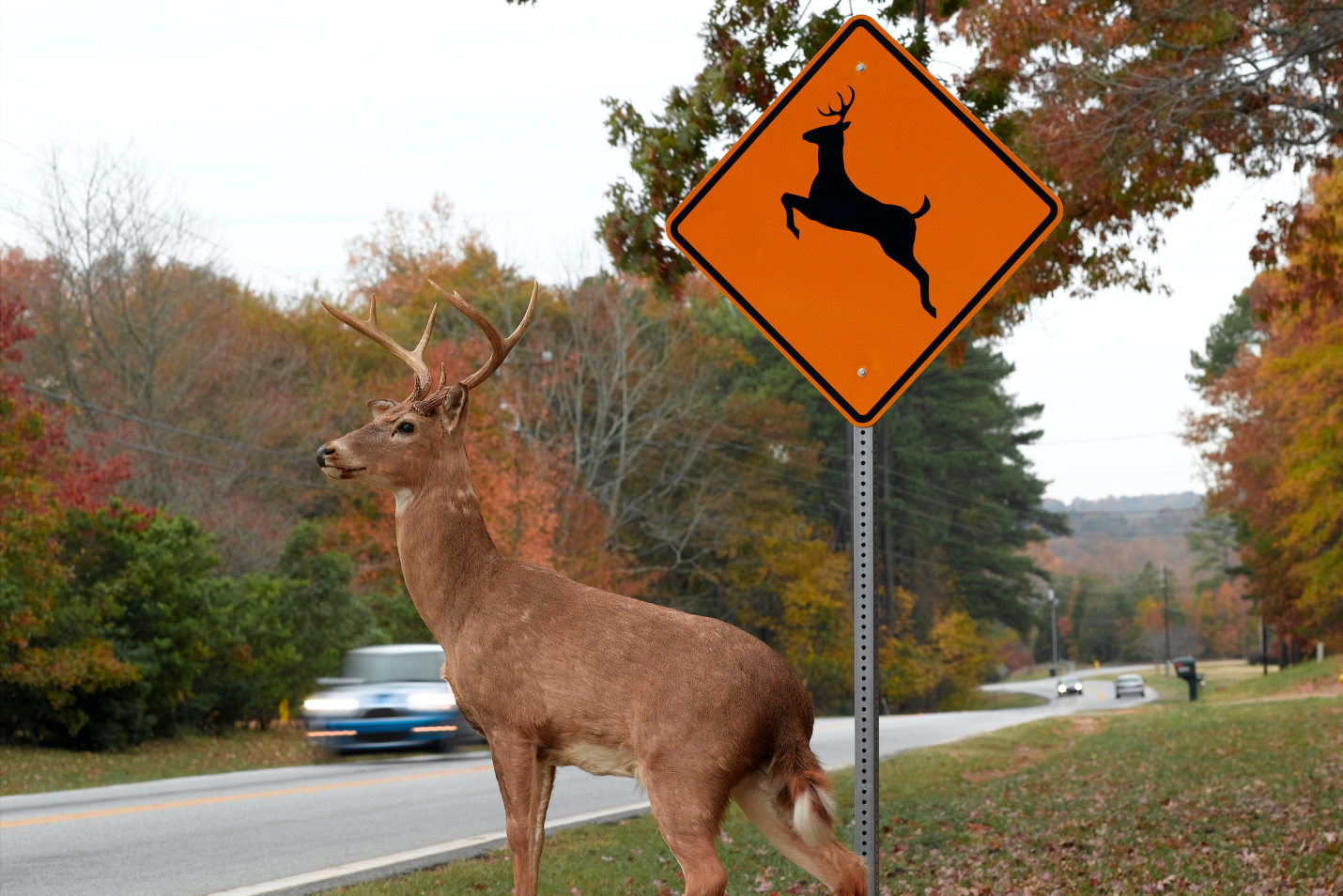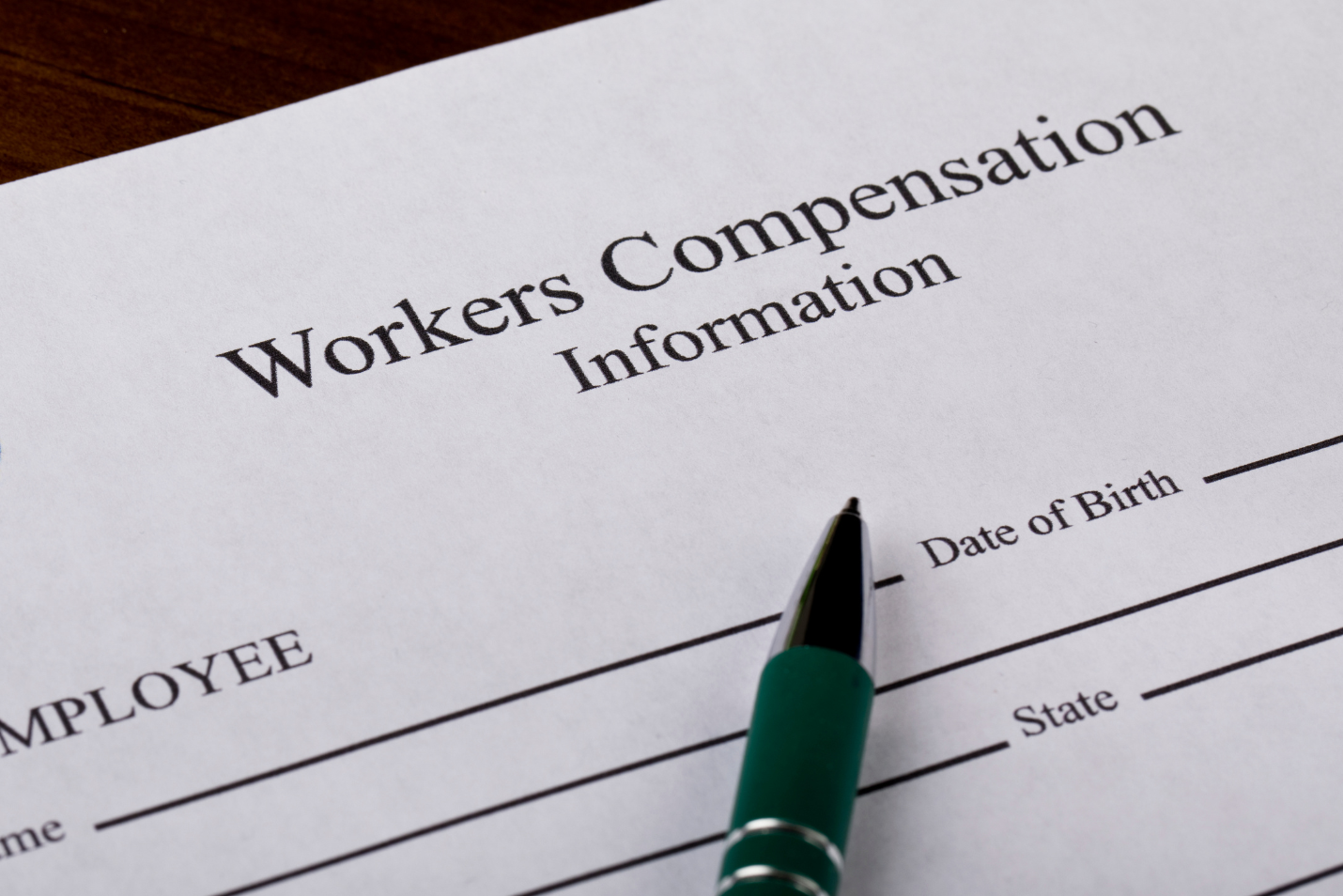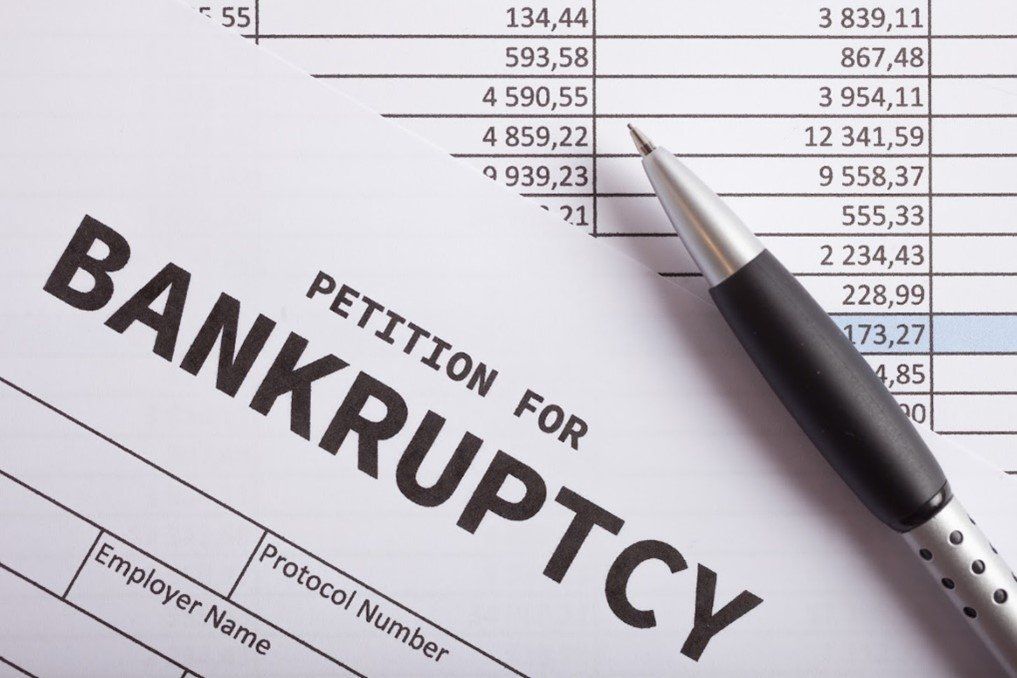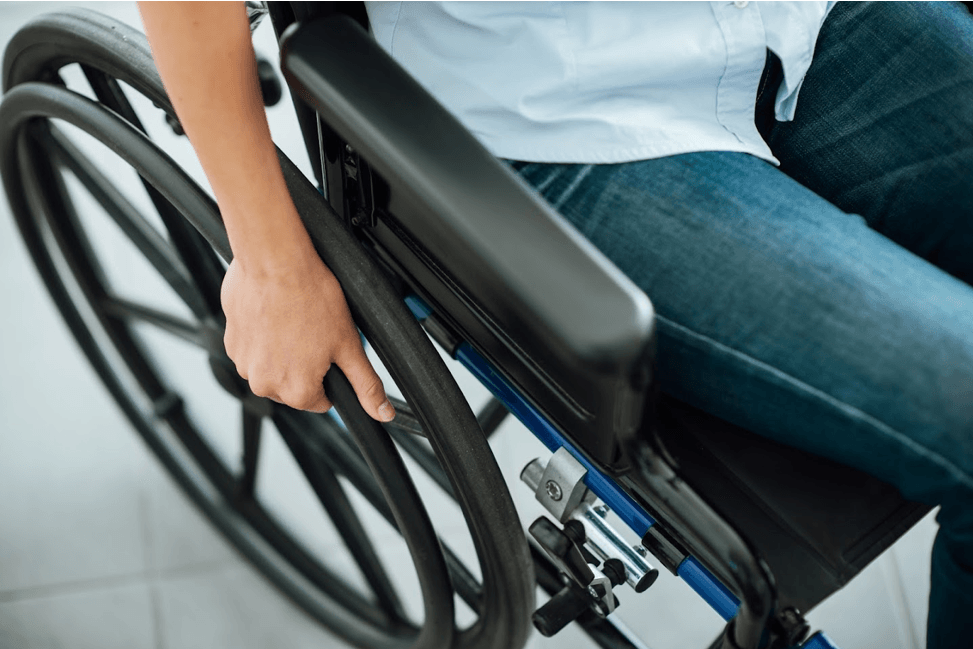O Deer
Last Tuesday on my way into work, I hit a deer. More precisely, the deer hit me. A deer was crossing in front of my truck, so I slowed down. I saw the second deer and swerved to miss it, but it kept coming and ran into the right rear quarter panel of my truck, knocking off the fender trim. I stopped to exchange information, but the deer did not hang around. Typical. I will be paying for the damage myself.
As I have been thinking about this incident, it struck me that I have noticed a lot of deer corpses along the roads and highways I travel. I have also noticed that I see a lot of deer. It seems I see at least a couple of deer on every commute to and from work. I also notice deer in urban areas where they never used to be, and the deer are not courteous enough to cross at the designated “Deer Crossing” signs.
For us humans that means we need to be careful. Deer can move very quickly, and their movements are impossible to predict. Additionally, they do not carry insurance, so if you hit one the damage is on you. But what if you take evasive action and manage to hit another car? When I was attempting to evade the deer last Tuesday, I swerved into the oncoming traffic lane. If there had been a car coming and I would have collided with that car, I would likely have been at fault. Thus, I would have been responsible for the damage caused to the other vehicle and driver.
So, at the end of the day, what can you do? Well, first, be alert and aware of your surroundings while driving, especially at night. If you see deer close to the road, slow down. Also, be aware of the traffic situation. If you swerve to miss a deer, or any other animal, you will likely be at fault for causing a resulting collision. You also need to be ready for the reactions of other drivers. If the car ahead of you stops suddenly, you could be at fault if you hit it.
Be alert and aware, and above all be careful.












